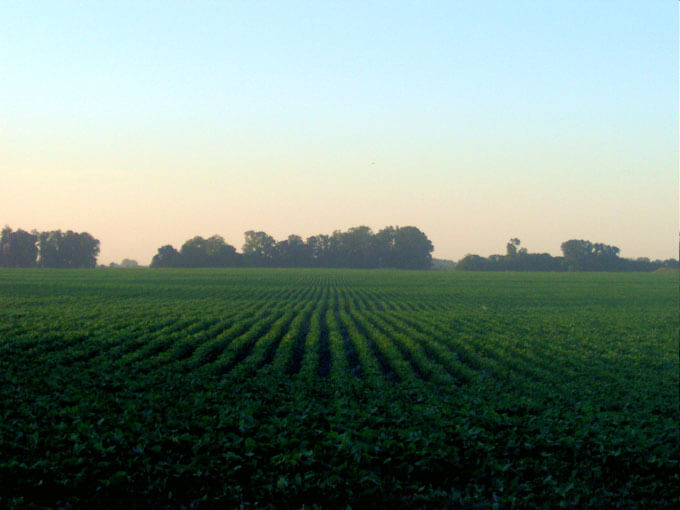Sep 2, 2016 Business
My childhood experience of agriculture consisted almost solely of running away from the “scary” sheep in Cornwall Park. Thus — thanks in part to bucolic-idyll advertising tropes of rugged men driving rugged utes over rugged country, dreamed up by yuppies who never left Parnell — I thought I couldn’t be a “real” New Zealander.
But then Tessa Duder finished writing her Alex quartet, and it turns out that Alex loves her country but has never visited a farm, and that cheered me up. My proud city-slicker identity was also validated by the factoid that New Zealand is one of the most urbanised countries in the world — we’re currently around 25th, although different ways of measuring urbanisation make that slightly dubious.
Yet for all my parochial cosmopolitanism, I was delighted last month when my current favourite hero, economist Shamubeel Eaqub, labelled the Prime Minister’s country-to-city transformation plan “moronic”. Eaqub is contemptuous because allowing more houses to be built in current rural zones won’t increase affordable housing stock, which is the Prime Minister’s ostensible aim. Barriers to cheap houses include lack of construction, not land supply.
But the plan also appals for another reason: by seeing fields solely as vacant lots, we risk jeopardising our relatively cheap domestic supply of fresh vegetables — all those taken-for-granted, boring, overlooked, vitally important onions, potatoes and greens. It’s hard to grow vegetables on fields under houses.
Thanks to the proximity of Franklin fields to the Southern Motorway, we townies vaguely know that they grow… things.
The idea that farmland, as well as pristine native forest, needs protecting requires a conceptual shift.
But few of us are aware — as indicated by an excellent RNZ radio documentary by Susan Murray last December — that Franklin fills a gap in the national calendar: its growing season starts earlier in spring than further south but doesn’t carry the disease risk of fields further north. And it is Franklin topsoil that risks getting paved over little by little — also affecting neighbouring land due to consequent changes in the water table — until we have to import vegetables or make do with tired old stock.
Large-scale vegetable horticulture gets overlooked in the liberal townie conceputalisation of the country. The main countryside players we usually acknowledge are native forest (a damsel in distress) and corporate dairy (the ruthless villain). We rail against the increasing intensity of dairy farming — the number of family farms decreased by around 20 per cent between the mid-80s and the mid-2000s, while herds doubled in size. The big agribusinesses that bought them have let effluent run-off ruin our rivers within a generation. We city folk are gallant-knight defenders protecting virginal forest from rampaging cattle by, um, occasionally drinking soy milk. (Otherwise, if we have the cash, we treat ruraldom as a leisure theme park: Matakana Farmers’ Market — so organic! So boutique!)
The idea that farmland, as well as pristine native forest, needs protecting requires a conceptual shift for the city. After all, the nation has a shameful history of looking at land without buildings as spare, empty and there for the taking — one field is much like another, surely?
Er, no. Soil in New Zealand is classified into 15 different orders, 73 major groups, 272 subgroups and so on. One bunch of dirt is not like another.
Descriptions of class-one soil make the dirt sound like what the gentry might look for in a labourer: “versatile… deep, resilient, easily worked, well drained, fine textured, naturally fertile and flood free,” as one report poetically puts it. And growing land around Pukekohe is classified as some of the best in the country.
This is not really a country mouse vs town house stoush; given that the government’s housing “solution” won’t work, it’s not even a food vs shelter dilemma.
The real story is that there’s money to be made: as soon as the government forces Auckland Council to rezone the land to receive houses, the land’s value goes up. And even if growers resist the developers’ money and at first refuse to sell, rates go up until they have no choice. The rest of us are forced to pay more for healthy food — if we can — or go without, in order that developers can make money out of destroying prime vegetable-growing land.
It’s yet more inequity, another handout to the rich, cunningly disguised as help for the homeless.
Main photo: A sheep among the wintry trees at Cornwall Park on August 6, 2014. Getty.






